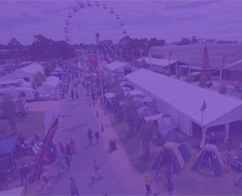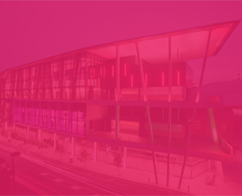
In May 2023, the final episode of The Flash will air, bringing to a close more than a decade’s worth of interconnected DC TV shows, affectionately dubbed, the Arrowverse. Named after the progenitor of this shared universe, Arrow, starring Supa-Stars Stephen Amell and Katie Cassidy, this expansive universe has encompassed five TV shows, all airing on the American CW network, while also connecting nearly every other live-action DC movie and TV show through a shared multiverse.
The core shows of the Arrowverse, in order of their debut, have been: Arrow (2012-2020), The Flash (2014), Supergirl (2015-2021), DC’s Legends of Tomorrow (2016-2022) and Batwoman (2019-2022), along with the animated web-series Vixen (2015) and Freedom Fighters: The Ray (2017).
The live-action series Black Lightning (2018-2021) was also brought into the Arrowverse in 2019, while Stargirl (2020-2022) and Naomi (2022) were both established as existing in other universes. The short-lived Constantine (2014) series was retroactively added to the Arrowverse, while Superman & Lois (2020 – Present) was originally part of this shared universe, before being retconned into another universe at the end of its second season.
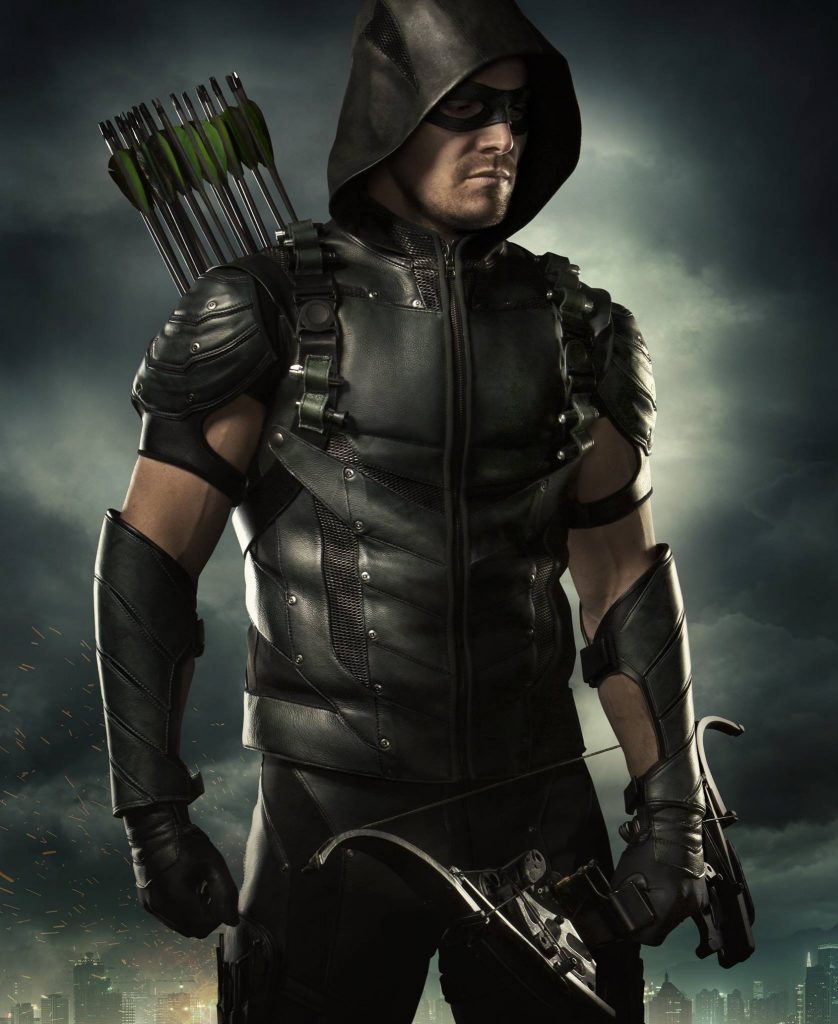 Although recent years have seen the Arrowverse’s star dwindle, its cultural importance should not be forgotten. For a time, with its impressive shared universe and epic annual crossovers, it truly felt like DC’s answer to the Marvel Cinematic Universe.
Although recent years have seen the Arrowverse’s star dwindle, its cultural importance should not be forgotten. For a time, with its impressive shared universe and epic annual crossovers, it truly felt like DC’s answer to the Marvel Cinematic Universe.
Coming hot on the heels of the hugely popular Superman teen drama, Smallville, and the grounded and gritty Dark Knight trilogy, Arrow burst onto screens in October of 2012. The character of Oliver Queen, a.k.a. Green Arrow (Amell) had been a long-standing part of the DC Universe, but it wasn’t until the 2000s that he found more mainstream attention, thanks to being a break-out character in Smallville, as well being a fan-favourite in the Justice League Unlimited animated series.
Arrow took its cues from the dark and grounded world of The Dark Knight, offering a version of the character that for many people, was more akin to Batman than Green Arrow’s typically light and jocular personality. However, the combination of great storytelling, and Stephen Amell’s incredible performance as the tortured party-boy-turned-vigilante, made the show an instant hit.
At first, the show seemed to be fairly self-contained, with only minimal references and Easter eggs from the wider DC universe. With the grounded tone it was striving for, it seemed unlikely that aliens and meta-humans in garish costumes were likely to exist in this world. However, that slowly began to change in the show’s second season, with the introduction of the super soldier serum, mirakuru, and more importantly, the introduction of Grant Gustin as future Flash, Barry Allen, in the season’s eighth episode, The Scientist. This is the spark that really ignited the Arrowverse, launching the Flash spin-off the following year.
Here, the world of superpowers and meta-humans was fully embraced, changing the Arrowverse forever. There was no putting the genie back in the bottle after that, as more and more comic book elements found their way into this once-grounded universe, continually taking things to the next level. New characters were constantly introduced and further spin-offs were produced, really expanding and fleshing out the universe (or multiverse). And while the quality of each show varied from season to season, there was no denying the impressive scope and ambition that shaped them.
Of course, what really demonstrated this and what really made the Arrowverse something special, were the yearly crossovers. Barry Allen’s introduction set a precedent, and from then onwards, crossovers were always held around the eighth episode of every season. The first of these was fairly low-key – a straightforward two-part crossover between Arrow and The Flash during their third and first seasons, respectively, with the umbrella title of Flash vs. Arrow. However, each year saw them growing into bigger and bigger events, filled with more and more spectacle.
The 2015 Flash/Arrow crossover, Heroes Join Forces, set up the new spin-off show, DC’s Legends of Tomorrow, while 2016 took things further with Invasion!, a three-part crossover between all four shows on the air at the time (Supergirl was part of the crossover, but didn’t have an episode dedicated to it in her own show). 2017’s crossover, Crisis on Earth X was the first true four-part crossover, upping the ante even further with an epic, universe-hopping tale spread across each of the four Arrowverse shows (including Supergirl this time).
Things took a bit of a step back in 2018, with Legends of Tomorrow not taking part in the three-part Elseworlds crossover, however, the story was still grand in scope for multiple reasons. It set up the upcoming Batwoman series, introducing the character of Kate Kane/Batwoman and depicted the Arrowverse’s Gotham City for the first time (after years of Batman references and teases). It also saw Supergirl’s Superman (Supa-Star Alumnus Tyler Hoechlin) interacting with the main Arrowverse for the first time and introduced Lois Lane.
Finally, it established the idea that other DC adaptations could exist within the same shared multiverse as the Arrowverse. Specifically, it revealed that the ‘90s live-action Flash TV series took place on Earth-90. Most importantly though, it laid the groundwork for the next and most ambitious crossover yet, Crisis on Infinite Earths.
Yes, it’s time to talk about the shining jewel in the Arrowverse’s crown. That year following Elseworlds was a full-scale ramp-up for the first live-action adaptation of the classic comic-book crossover event, Crisis on Infinite Earths. The Crisis served as a looming spectre on the horizon, with constant foreshadowing (which had actually gone back as far as The Flash’s first episode) and characters fully aware of what was coming.
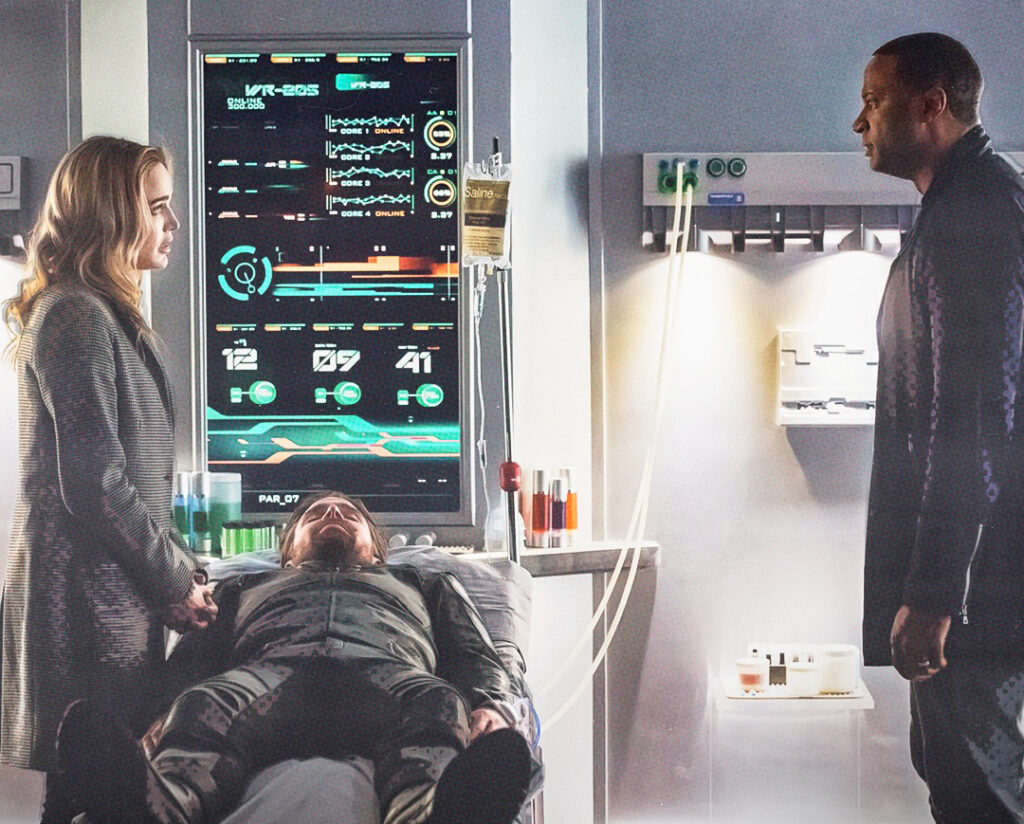 It was known that Oliver Queen was marching towards his death, both narratively and meta-fictionally, as it had been announced that Arrow would end with its shortened eighth season. That ten-episode season served as both a death march and a victory lap for the character, as well as a prologue to the Crisis.
It was known that Oliver Queen was marching towards his death, both narratively and meta-fictionally, as it had been announced that Arrow would end with its shortened eighth season. That ten-episode season served as both a death march and a victory lap for the character, as well as a prologue to the Crisis.
Likewise, The Flash’s sixth season laid more stepping stones in the build-up to the event, before the five-part epic finally began in December, 2019. The first three parts, comprising episodes of Supergirl, Batwoman and The Flash, aired across three nights, followed by a month break before the Legends of Tomorrow and Arrow parts aired on the 14th of January, 2020. This is where things truly went bananas, not only burying viewers in a mountain of fan-service, but also weaving together a well-structured, complex and emotionally impactful narrative. Much like Avengers: Endgame earlier the same year, years of build-up were paid off with expert precision.
One of the most exciting aspects of the Crisis was the induction of nearly every previous live-action DC movie and TV show into the same multiverse. Smallville, Lucifer, Birds of Prey (2002-2003), the Michael Keaton Batman movies, the Adam West Batman show – all were brought into the fold. Even the granddaddy of the modern superhero movie – the Christopher Reeves Superman films were brought in, with Brandon Routh finally getting the chance to reprise his version of Reeves’ Man of Steel from Superman Returns. Beloved Batman: The Animated Series voice actor, the late Kevin Conroy even got to make his live-action debut as an aged Bruce Wayne. However, the biggest, most unexpected coup came when Ezra Miller showed up as the DCEU’s Flash, for a brief scene with Grant Gustin’s version of the character. It was an extraordinary piece of television history, more akin to two films broken up across five nights.
Amidst all of the fanfare though, it still managed to tell a heartfelt tale that was true to the characters that audiences had been following for years, and even throwing some new ones into the mix. The crux of this was the emotional send-off given to the man who’d started it all – Oliver Queen. The Green Arrow first took on the mantle of the Spectre, then gave his life to restore reality, creating Earth Prime – a consolidation of the Arrowverse and the Supergirl and Black Lightning universes – as well as a new multiverse. While Oliver may have started out being treated as a killer and a criminal, he ended up being remembered as the greatest hero the multiverse had ever known, willing to sacrifice everything to save his friends. Talk about a hero’s journey!
It seemed like things were only going to get bigger and better from there, but sadly, once the universe’s namesake came to end, the rest of the Arrowverse’s days were numbered. Firstly, there was the little matter of a pandemic that shut the world down less than two months after Arrow concluded. As with the rest of the world, this was a major hurdle for film and TV productions to clear, and sadly it was just the beginning of the Arrowverse’s troubles.
Post-Crisis, the plan had been to return to smaller crossovers, starting with a crossover between Batwoman and Superman & Lois. Unfortunately, these plans were scrapped due to Covid restrictions making it too difficult to bring the two shows together. Then there was the planned Arrow spin-off, Green Arrow and the Canaries, which was set up in the show’s penultimate episode, but was ultimately scrapped before it could even begin. The same fate befell the Black Lightning spin-off, Painkiller, as well as a planned Wonder Girl series.
In time, production continued on the Arrowverse shows that were still on the air, but it was soon announced that Supergirl and Black Lightning would both be concluding after their sixth and fourth seasons respectively, both concluding in 2021. The writing was on the wall, the Arrowverse was slowly shutting down.
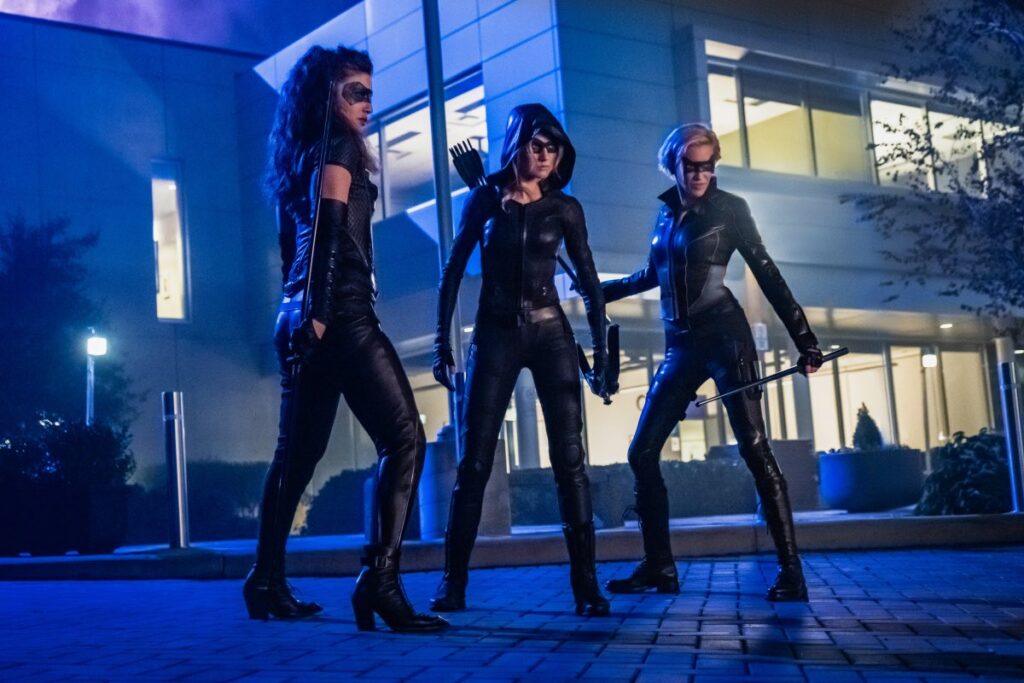 The mood began to shift in the zeitgeist and what had seemed like an unstoppable juggernaut less than two years prior, now felt like it was slowly winding down. The biggest death knell came in 2022, with the cancellation of Batwoman and Legends of Tomorrow, as well as the Arrowverse-adjacent shows, Stargirl and Naomi, followed by the announcement that The Flash would be ending with its ninth season in 2023, bringing the Arrowverse to a close.
The mood began to shift in the zeitgeist and what had seemed like an unstoppable juggernaut less than two years prior, now felt like it was slowly winding down. The biggest death knell came in 2022, with the cancellation of Batwoman and Legends of Tomorrow, as well as the Arrowverse-adjacent shows, Stargirl and Naomi, followed by the announcement that The Flash would be ending with its ninth season in 2023, bringing the Arrowverse to a close.
As the sun sets on the Arrowverse, it’s important to remember the heights that it reached. Greg Berlanti and the other creative minds behind these shows did a phenomenal job of bringing these comic book characters to the small screen and weaving them into a flawlessly interconnected multiverse. While the quality of individual shows may have varied between, or even within, seasons, that’s true of all shows.
Thanks to this ambitious and ground-breaking endeavour, characters were brought into the spotlight who previously never would have received mainstream recognition. Fans were treated to movie-sized events on TV and given some of the most incredible fan service that they’d never thought possible. And all of this while never forgetting the character-driven drama at the heart of these grand narratives.
It’s impressive to note that, beneath all of the spectacle, characters and good storytelling were always the main focus. In an age where DC’s future in film and TV is uncertain, we should be thankful for this labour of love from a bygone age that managed to do the impossible. And to everyone who helped bring this universe to life, thank you. You have not failed this city.
SUPANOVA’S ARROWVERSE HIGHLIGHTS
ASH (CONTRIBUTING WRITER)
What is your favourite moment from the Arrowverse?
With more than a decade’s worth of stories across a plethora of shows, that’s like asking me to pick my favourite grain of sand on a beach. The obvious answer is everything from Crisis on Infinite Earths – it was the pinnacle, not just of the Arrowverse, but of the entire live-action DC multiverse.
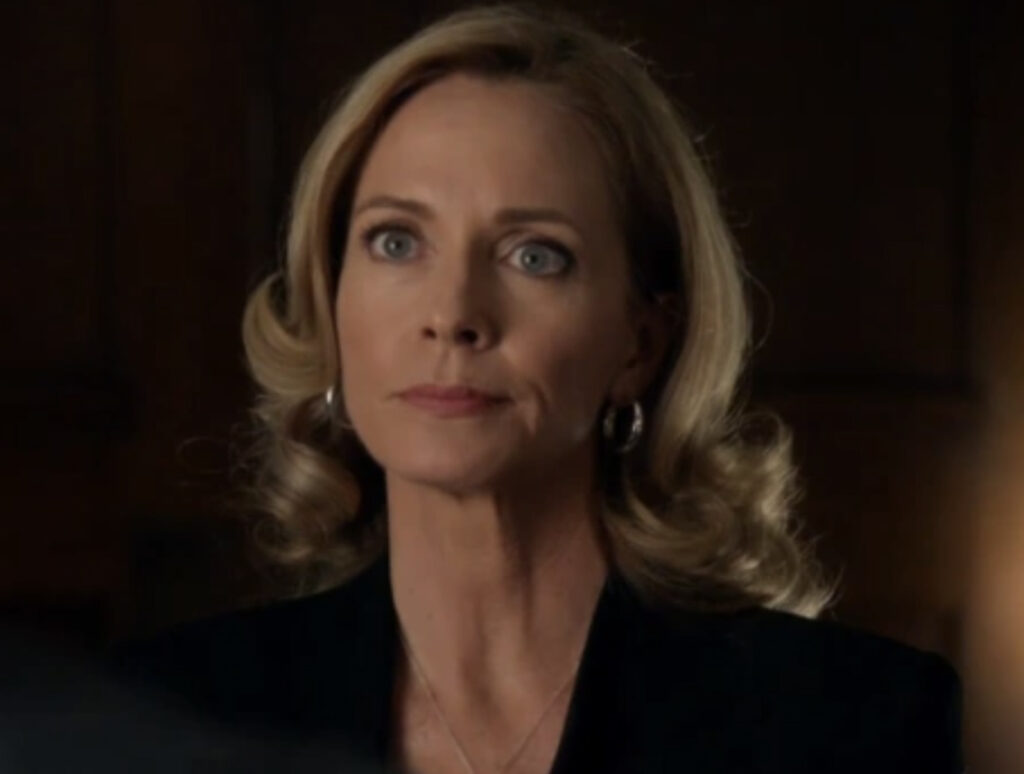 If I had to choose something beyond that though, I would probably pick the death of Moira Queen – Oliver’s mother – at the hands (and sword) of Deathstroke in Arrow, Season 2, Episode 20: Seeing Red. I consider those first two seasons of Arrow and the first season of The Flash to be the golden age of the Arrowverse, and this scene is one of the most shocking and intense moments in the entire franchise. Such an emotional, heart-pounding ride.
If I had to choose something beyond that though, I would probably pick the death of Moira Queen – Oliver’s mother – at the hands (and sword) of Deathstroke in Arrow, Season 2, Episode 20: Seeing Red. I consider those first two seasons of Arrow and the first season of The Flash to be the golden age of the Arrowverse, and this scene is one of the most shocking and intense moments in the entire franchise. Such an emotional, heart-pounding ride.
What are your overall thoughts on the Arrowverse now that it’s ending?
Honestly, I feel like the Arrowverse has been on a downhill slide for the past few years, so in many ways I’m relieved. Stargirl and Superman & Lois are the only DC shows I’ve really enjoyed in that time and S&L isn’t even part of the Arrowverse anymore.
However, I’m also more than a little sad, because it did start out very strongly and for a time Flash and Arrow were some of my favourite shows on TV. That’s why I think it’s important that we remember that the Arrowverse reached some truly spectacular heights and achieved the impossible in many ways, really pushing the boundaries of what could be accomplished on TV.
It’s just a shame that it’s ended with a bit of a whimper, especially when it seemed like Crisis was the beginning of a new era that would continue to get bigger and better.
POKE (AV HOD)
What is your favourite moment from the Arrowverse?
A decade of stuff happened and y’all want me to just pick one? You kinda have to go with the Crisis on Infinite Earths event, right?
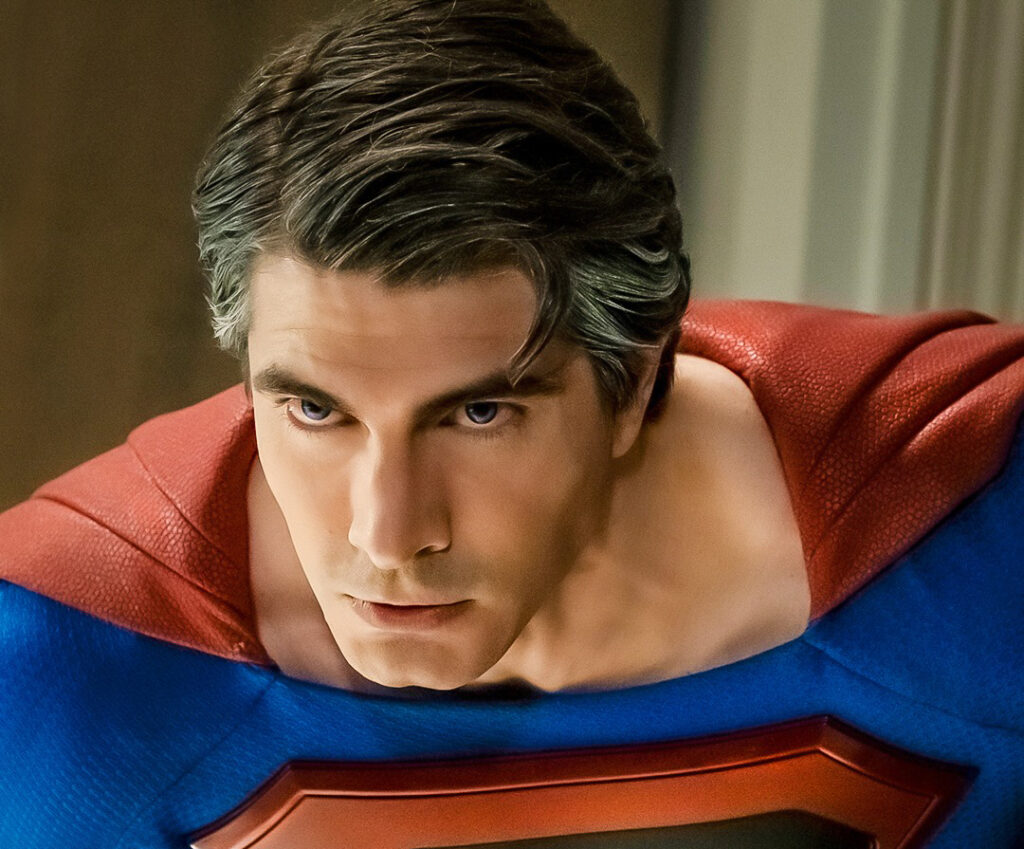 The care and love and absolute fanboy energy that went into it was amazing. Whether it was bringing in guest stars to reprise old roles, or giving us fresh new castings was a delight, seeing Kevin Conroy portray Bruce Wayne in live-action (finally!), giving Brandon Routh another crack at Superman, Burt Ward in Earth-66, seeing all the different movie and TV universes under one bubble and all in one place was definitely worth the wait (if only to then go and hit the reset button, as Crisis tends to do).
The care and love and absolute fanboy energy that went into it was amazing. Whether it was bringing in guest stars to reprise old roles, or giving us fresh new castings was a delight, seeing Kevin Conroy portray Bruce Wayne in live-action (finally!), giving Brandon Routh another crack at Superman, Burt Ward in Earth-66, seeing all the different movie and TV universes under one bubble and all in one place was definitely worth the wait (if only to then go and hit the reset button, as Crisis tends to do).
What are your overall thoughts on the Arrowverse now that it’s ending?
Like most shows, it has a lot of high points, and some low points. It was an ambitious idea that ultimately managed to pull off some of the most successful superhero programming outside of Saturday mornings in the ‘90s.
It will be remembered by many as an absolute juggernaut of television, and if there isn’t an absolutely massive boxset containing the entirety of it at the end of it all, I’m gonna be very upset.
RYAN (CONTRIBUTING WRITER)
What is your favourite moment from the Arrowverse?
 Sara Lance/White Canary time travelling to see a young Barack Obama as her personal therapist in Legends of Tomorrow. In a season of television that also included an ABBA-themed Groundhog Day episode and a VOLTRON-style kaiju teddy bear battle, this sticks out as both a humorous and poignant moment in the Arrowverse’s most absurdly slapstick show.
Sara Lance/White Canary time travelling to see a young Barack Obama as her personal therapist in Legends of Tomorrow. In a season of television that also included an ABBA-themed Groundhog Day episode and a VOLTRON-style kaiju teddy bear battle, this sticks out as both a humorous and poignant moment in the Arrowverse’s most absurdly slapstick show.
What are your overall thoughts on the Arrowverse now that it’s ending?
It’s the end of an era. An era that was a mixed bag, with soaring heights and questionable lows. I think the Arrowverse will be remembered above all else for being such a hugely ambitious undertaking that broke new ground in television universes.
A connected universe is difficult to pull off, but the Arrowverse gave us a decade of interconnected storylines, crossovers and cameos the likes of which television has never seen.
ZACK (CONTRIBUTING WRITER)
What is your favourite moment from the Arrowverse?
The Arrowverse is full of memorable moments adapted from my favourite DC stories. While the crossovers are iconic, and the menacing villains are the standout players, it’s hard to beat The Flash’s Season 1 episode Out of Time, where Barry first discovers time travel. This episode features some big moments from the show, specifically Iris and Barry admitting their feelings for each other (before being undone as Barry saves the city by erasing that timeline from existing).
But the exchange between Cisco and Wells where the former discovers that the latter is the evil Eobard Thawne, a.k.a the Reverse Flash? Heart-wrenching (pun intended). Incredible performances from both Carlos Valdes and Tom Cavanagh.
What are your overall thoughts on the Arrowverse now that it’s ending?
We could choose to be sad that it’s over, but the Arrowverse delivered some of the best DC content from the studio in the past two decades. Achieving what their cinematic universe could not, the Arrowverse introduced audiences to lesser-known characters, pivotal comic storylines, and influenced the trajectory of modern DC comics.
It hasn’t felt the same since Crisis on Infinite Earths, but from all the whispers from Flash’s ninth season, it’s looking like the show is going to return to its golden age for one final lap, and I couldn’t be more excited.
Lead Image: Promotional still for ‘Invasion!’ – Warner Bros. TV/The CW




